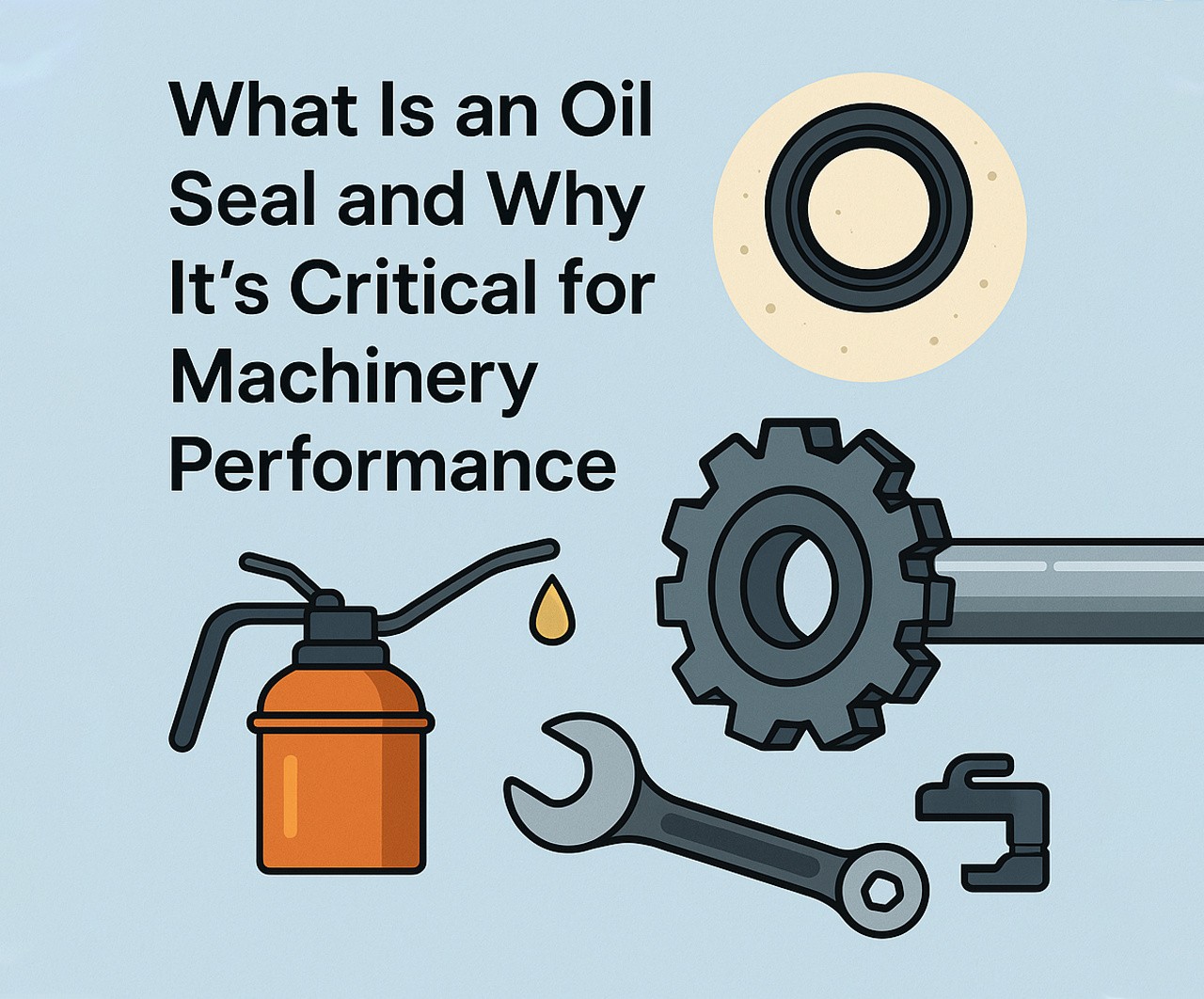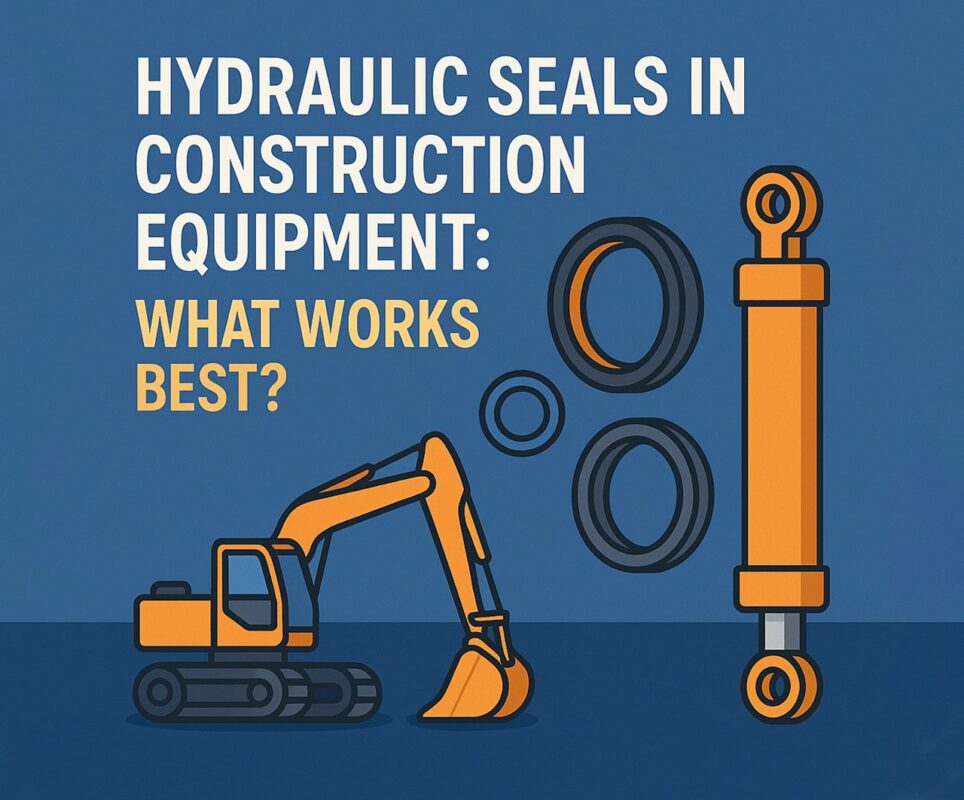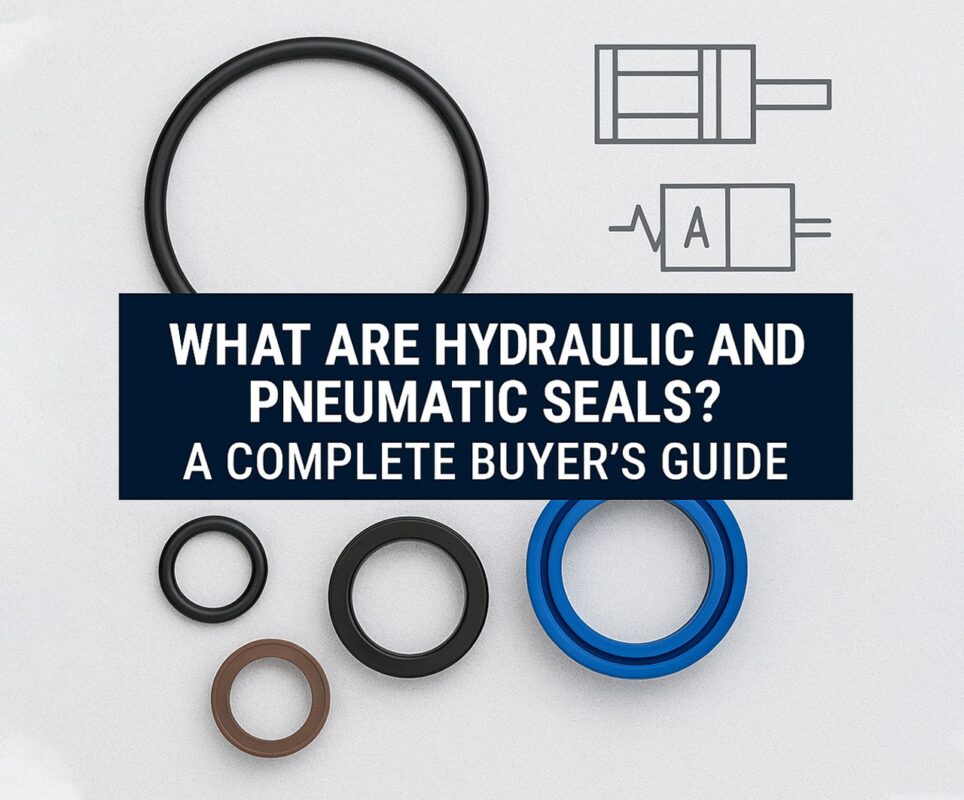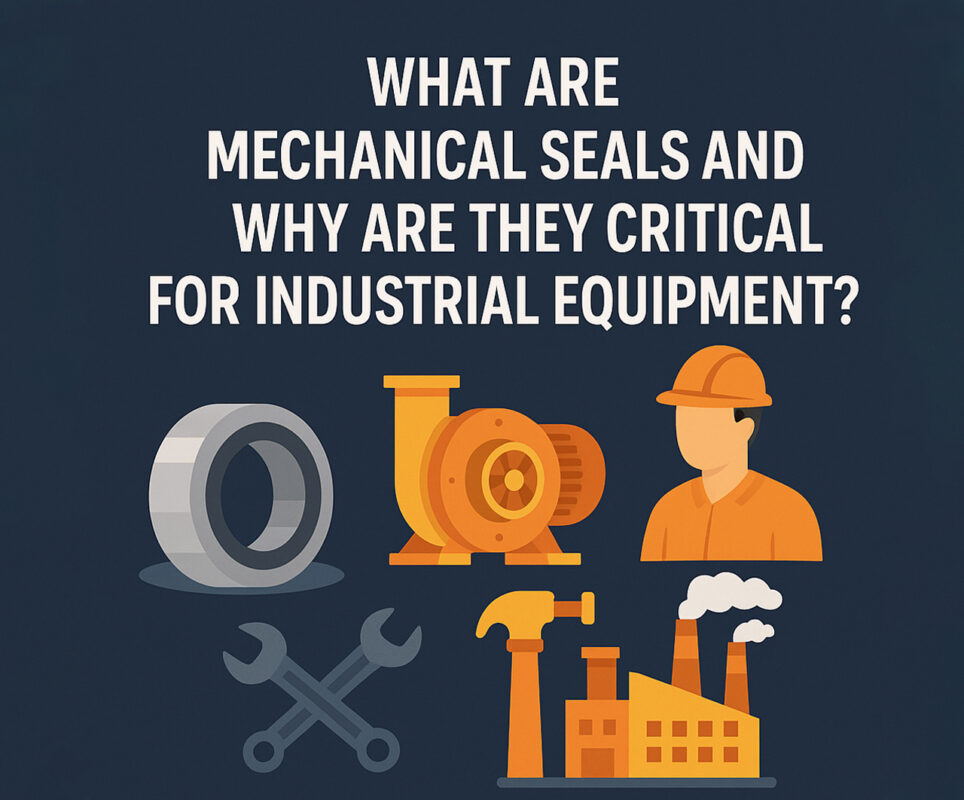In the intricate world of rotating machinery and mechanical systems, the smallest component often carries the heaviest responsibility. Among these, oil seals, sometimes referred to as shaft seals or radial lip seals, play a pivotal role in protecting components and extending operational lifespan. Whether you’re servicing a gearbox, repairing a pump, or even replacing a toilet bowl rubber seal, the core principle remains the same—prevent leakage and contamination. Even the oil pump oil seal, a crucial element in automotive and industrial applications, is a small but mighty piece that can make or break the system’s efficiency.
Understanding how these seals function, why they fail, and how to choose the right one can help prevent costly breakdowns, safeguard lubricant integrity, and maintain system pressure. Let’s explore the nuances of seals, including unusual but relevant variants like the toilet bowl rubber seal, and how something as specific as the oil pump seal supports peak mechanical performance. Know more..
What Is an Oil Seal?
At its simplest, an oil seal is a circular device that fits around a rotating shaft. Its primary job is to retain lubricants and exclude contaminants such as dust, dirt, and moisture. By doing so, it ensures that the machinery operates with optimal efficiency, reduced wear, and minimized maintenance.
Its typically consist of the following components:
- Seal Lip: Contacts the shaft and forms the dynamic seal
- Outer Case: Fits snugly into the housing bore
- Garter Spring: Ensures constant pressure of the lip against the shaft
- Rubber Body: Provides elasticity and resilience under pressure and temperature
Common Applications for Oil Seals
The use of oil seals is broad, encompassing many mechanical systems:
- Automotive engines and transmissions
- Industrial pumps and gearboxes
- Agricultural equipment
- Motorcycles and small engines
- Household appliances (e.g., washing machines, and yes, even toilet bowl rubber seals in certain flush systems)
Why Oil Seals Matter for Machinery Performance
- Leak Prevention Oil leaks aren’t just messy—they reduce lubrication and cause friction, heat, and premature wear. Seals like the oil pump oil seal prevent lubricant loss in high-pressure systems, keeping engines and gear assemblies running smoothly.
- Contamination Protection An effective seal blocks the ingress of dust, dirt, and water—preventing contamination that could compromise bearing surfaces or internal components.
- Pressure Control Modern seals are designed to manage varying pressures and allow thermal expansion of the oil without blowing out the seal.
- Long-Term Cost Savings By maintaining oil integrity and preventing leaks, seals reduce the need for constant top-ups, maintenance, or premature part replacements.
Oil Pump Oil Seal: Small Component, Massive Role
In automotive applications, the oil pump seal is a specialist seal placed around the oil pump shaft. It prevents oil from escaping the pump housing and leaking into adjacent compartments like the timing cover or crankcase.
A failed oil pump seal can:
- Lower oil pressure
- Starve engine components of lubrication
- Trigger dashboard warning lights
- Cause long-term engine damage if not corrected
That’s why replacing a worn oil pump seal during regular maintenance or timing belt service is often recommended.
Toilet Bowl Rubber Seal: A Domestic Twist on the Seal Game
While industrial applications dominate the seal conversation, let’s not overlook the toilet bowl rubber seal. Typically made from soft, flexible rubber, this seal sits between the toilet base and the floor flange or between the tank and bowl in two-piece toilets.
Its job? To prevent water from leaking when flushing.
Though simple in design, the toilet bowl rubber seal must withstand:
- Water pressure
- Chemical cleaners
- Shifting temperatures and usage patterns
The takeaway? Regardless of the setting—be it an oil refinery or your bathroom—the sealing principle holds firm: contain what needs to stay in, and keep out what doesn’t belong.
Types of Oil Seals
There’s no one-size-fits-all when it comes to oil seals. Here are common variations:
- Single Lip Seal
- Best for low-pressure systems
- Economical and easy to install
- Double Lip Oil Seal
- Includes a dust lip to block external contaminants
- Ideal for agricultural and construction machinery
- Spring-Loaded Oil Seal
- Enhanced sealing with garter spring tension
- Perfect for high-speed rotating shafts
- Cassette Seals
- Used in heavy-duty environments
- Integrated bearing and seal design
- PTFE Oil Seals
- High chemical and thermal resistance
- Common in aerospace and chemical processing
Materials Matter: Choosing the Right Seal
Choosing the correct material is critical for performance and longevity:
- Nitrile (NBR): Standard material for automotive applications; good oil resistance
- Fluorocarbon (Viton®): High heat and chemical resistance
- Silicone: Excellent temperature range, but not for high-pressure oils
- Polyacrylate: Resists ozone and heat; used in transmissions
- EPDM: Used for water sealing—like toilet bowl rubber seals
A good seal choice hinges on knowing your fluid type, temperature, shaft speed, and pressure.
Oil Seal Installation Best Practices
To ensure maximum seal performance, follow these steps:
- Inspect Shaft and Housing
- No burrs, grooves, or damage
- Shaft surface finish should be smooth
- Use Seal Installation Tools
- Avoid using screwdrivers or hammers
- A seal press or driver ensures correct seating
- Lubricate the Lip
- Prevents dry start and wear during initial operation
- Align Properly
- Misalignment leads to uneven wear and failure
- Check for Leakage
- After operation, monitor for oil seepage or spray
Whether you’re dealing with a high-speed oil pump seal or a simple toilet bowl rubber seal, proper installation determines success.
When Oil Seals Fail: Causes and Solutions
Even the best seals have a lifespan. Common causes of failure include:
- Overheating: Causes seal material to harden or crack
- Dry running: No oil at startup wears down the lip
- Contaminants: Dirt or grit damages the sealing surface
- Improper installation: Off-center seals or uneven pressure
Solution:
- Replace seals at regular intervals or during major servicing
- Always clean and inspect before installing a new seal
- Source quality parts from trusted suppliers
How to Extend Oil Seal Life
- Use compatible lubricants
- Ensure correct operating temperatures
- Schedule regular inspections
- Store seals properly (away from UV, heat, and chemicals)
Industry Trends in Oil Seal Design
Modern seals are not what they used to be. Advances include:
- Smart seals with embedded sensors
- Low-friction designs to improve energy efficiency
- Eco-friendly materials for recyclability and lower carbon impact
These innovations are making their way into everything—from electric vehicles to household plumbing, where even the toilet bowl rubber seal is getting attention for sustainability and performance.
Final Thoughts
Oil seals, whether hiding inside a powertrain or sealing off a humble toilet bowl, are fundamental to the success of any fluid-handling system. The reliability of an oil pump seal can make or break an engine, while a damaged toilet bowl rubber seal might just turn your bathroom into a swamp.
Both demand thoughtful selection, precise installation, and proper maintenance. So, the next time you encounter a leak or hear a pump whine, think small. Because in the world of machinery, it’s often the smallest components—like seals—that carry the greatest weight.
From plant floors to bathrooms, from race cars to submersible pumps, trust in your seals to do the dirty work, so your machines and spaces stay clean, efficient, and leak-free.





